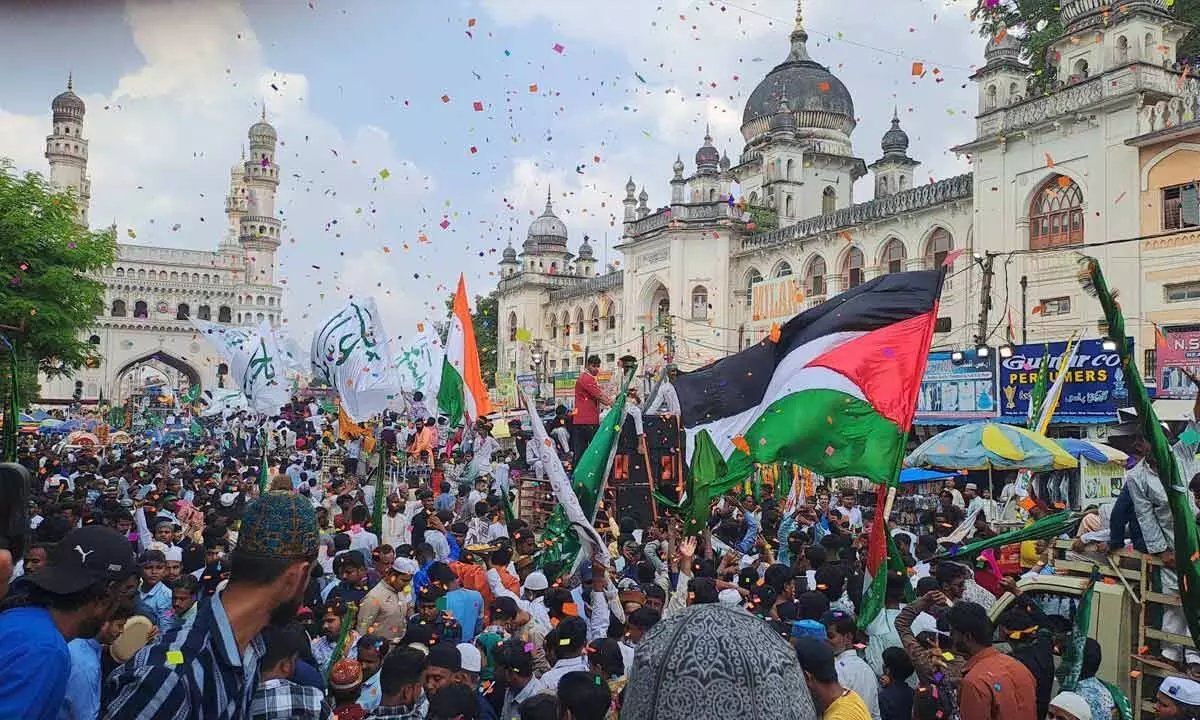Hyderabad: A Damaged Biodiversity Site in Ameenpur
Over the past decade, Ameenpur’s Pedda Cheruvu, once known for its rich biodiversity, has been slowly ruined by industrial pollution and unchecked urban development. This lake, which was recognized as India’s first Biodiversity Heritage site, is now surrounded by high-rise buildings, some towering over 35 floors, which have significantly harmed the area’s natural environment.
The situation worsened after the lake, once celebrated for its biodiversity even before the formation of Telangana, was neglected. A key reason for this decline is the reclassification of the area from a ‘conservation zone’ to a residential one. With rapid urbanization, the lake has not only shrunk but has also become so polluted that even migratory birds avoid it. Contaminants have taken over the water, and authorities have yet to determine its final Full Tank Level (FTL). Additionally, the channels that allowed water to flow in and out of the lake have been cut off for so-called ‘development’.
According to an initial report from the Hyderabad Metropolitan Development Authority (HMDA), the lake covers 93 acres. However, in 2016, the State government presented records to the National Green Tribunal showing that the combined area of Pedda Cheruvu and the nearby Kotha Cheruvu is 453 acres, with a buffer area of 52 acres. This discrepancy is being challenged by residents who have built homes with the authorities’ permission.
Pedda Cheruvu is part of a network of lakes spread across the Ameenpur mandal, but recent actions by authorities have further damaged it. The closure of the lake’s sluice gate has disconnected its inflow and outflow, turning it into an open drain.
Environmental activists are alarmed by this situation. They highlight that sewage, industrial pollutants, and the closure of the sluice gate downstream have devastated the lake and its ecosystem. “All seven sluices were closed, and where the channel used to connect to other lakes, high-rise buildings are now being constructed. Shockingly, both the Irrigation department and RERA have approved these constructions,” said Ravikrishna, an advocate.
In 2021, a road was built that cut the lake into two, sparking outrage from civil society groups. “Some of these buildings have 4-level cellars for parking, right above the channels that once connected the lakes. If these buildings get submerged, who will be held accountable? Even their structural safety is in doubt,” Ravikrishna added.
Recently, officials from the Hyderabad Metropolitan Water Supply and Sewerage Board (HYDRA) visited the lake, raising concerns among locals about what the authorities plan to do next.













